Letter from Santa Fe

It says something about the general mood in the United States at present that there is a sense of foreboding even in a town as ostentatiously laid back as Santa Fe. The locals are as friendly and eager to chat as ever, but inevitably the first question to emerge when I explain my accent is: ‘What do you Aussies think about our situation here?’ – an echo of the question that used to be asked of foreigners, seconds after they landed in Australia. This insecurity from a nation that used to be supremely indifferent to foreign opinion is a sign of the disquietude of the Trump era.
This is the highlight of Santa Fe’s summer season. The culmination of both the opera and chamber music festivals and the annual Indian Market weekend bring in the tourists, and the high-end restaurants were packed. But it was noticeable at the musical performances that the audiences were of an average age so geriatric as to make the Sydney Symphony Orchestra’s Tea & Symphony crowd look positively middle-aged. There were so many canes and walkers at the opera that it felt more like heading to the Sanctuary of Our Lady at Lourdes than Santa Fe’s fabled opera house.
The event still rather surprisingly known as the Santa Fe Indian Market – in spite of a long-standing push to give it a Native American name – is the largest juried native art market in America. Founded in 1922 to promote south-western native art, it expanded in the late 1930s under the auspices of the Indian Arts and Crafts Board, a federal body founded in 1935. Originally held in the central plaza, it has now taken over much of the city and the exhibiting artists come from all over North America. There was a feeling among those who know more about these things than I do that this year’s showing, while strong on traditional work, was perhaps shorter on more innovative pieces. But if some of the art may have lost its edge, the artists haven’t. A leading glassblower was seen wearing a T-shirt which said: ‘No one is illegal on stolen land.’
Spectacularly situated on a ridge just above the town, Santa Fe Opera House is open to the elements from the sides of the auditorium, and the rear of the stage and productions are timed to start at sunset. Both operas I attended – Mozart’s Marriage of Figaro and Wagner’s Die Walküre – are long, so neither finished before midnight, a fact which obviously perturbs neither audience nor performers.
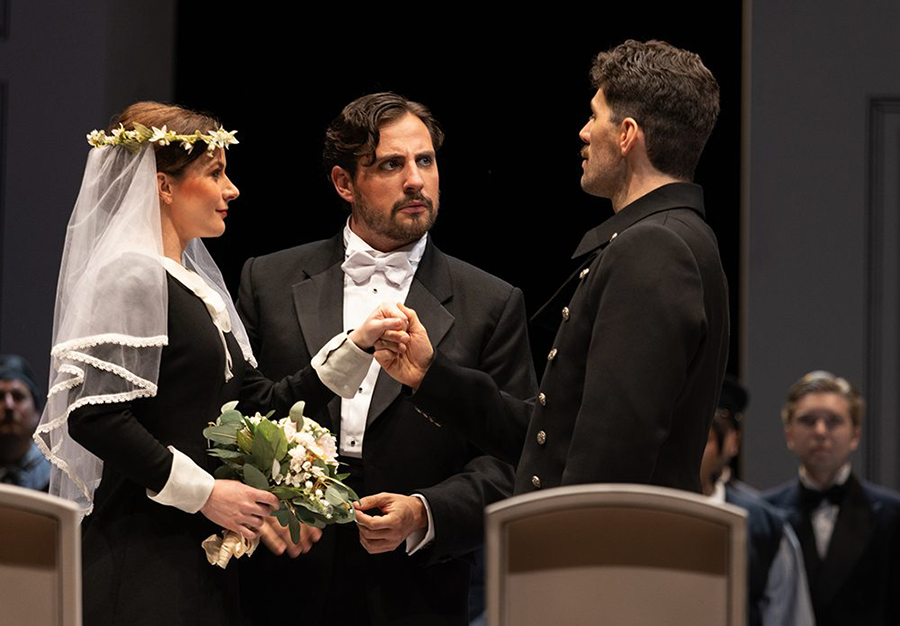 Liv Redpath as Susanna, Florian Sempey as Count Almaviva, and Riccardo Fassi as Figaro in Mozart's Marriage of Figaro (photograph by Bronwen Sharp)
Liv Redpath as Susanna, Florian Sempey as Count Almaviva, and Riccardo Fassi as Figaro in Mozart's Marriage of Figaro (photograph by Bronwen Sharp)
At the opening of Figaro, director Laurent Pelly took advantage of the theatre’s design. As the overture played, he left the rear stage open and positioned the lead characters on the edge of the revolve that turned slowly, allowing us to see each of them silhouetted against the Jemez Mountains, golden in the setting sun. As the overture ended, the set rolled in and the opera began. Pelly’s productions are renowned more for their charm than their profundity, and this Figaro is no exception. It is strong on humour and moves at a cracking pace, but it concentrates on the sexual entanglements and plays down the class antagonism which is at the heart of the piece.
This comes across in Riccardo Fassi’s sprightly, hyperactive, slightly Chaplin-esque Figaro. He lightly tosses off the aria ‘Se vuol ballare’, in which he promises to outwit the Count, without the undercurrent of class resentment which it receives in other hands. Florian Sempey’s Count Almaviva, though well sung, is reduced to one expression of haughty outrage. Bartolo is in the well-seasoned hands of Maurizio Muraro, who makes the most of his vengeance aria and teams up expertly with Lucy Schaufer’s predatory Marcellina.
Fine though the men are, it is the women who really shine in this production – as is fitting in an opera in which the women really make the running. Liv Redpath makes a charming, resourceful Susanna and her ‘Deh vieni’ was, as it should be, a highlight of the evening, spoiled only by the raucous ‘Brava’ yelled out by an overexcited fan before the end of the aria. In the exquisite letter duet, her voice blended perfectly with Ailyn Pérez’s Countess, and the fact that the two of them were of the same height made the disguises in the final act more believable than they often are.
Pérez, who joined the cast halfway through the run, made a fascinatingly unusual Countess. Normally played as a rather passive, melancholy creature, the Countess in Perez’s version was energetic, proactive, and even almost raunchy. Her reaction to Hongni Wu’s irresistible Cherubino made the plot twist in Beaumarchais’s sequel La Mère Coupable (in which the Countess bears Cherubino’s child) inevitable.
Of the four operas which make up Richard Wagner’s Ring cycle, Die Walküre is the one that most successfully stands on its own. It is often used by companies that are considering producing the full cycle to gauge their audience’s response. For some reason, John Crosby, who founded the company in 1957 at the age of thirty and ran it until 2000, never produced any Wagner operas. So far, only two (Tristan and Isolde and The Flying Dutchman) have been performed there, so a complete Ring would be a major milestone for the company.
Melly Still’s production is full of interesting ideas which might work if developed over four nights but could be bewildering for those who are coming to the opera cold. She has characters from the previous opera, Das Rheingold, skulking around in the background observing the proceedings; fine if you are au fait with the story, baffling if you are not. A strong visual element is provided by the use of ropes, which appear frequently out of nowhere and either assist or impede the performers. Presumably these are the threads of fate, which the Norns weave and which will be severed at the beginning of the final opera Götterdämmerung, but here they come across as a rather pointless gimmick.
The production’s modernisation produced the usual problems. Why, in the opening act, would a house with a rather battered fridge have a tree with a sword stuck in it in the living area? But such was the intensity of the performers that such quibbles were quickly forgotten. In Simone Young’s concert version of the opera last year, Vida Mikneviciute’s Sieglinde was a standout. Here, in a fully staged performance partnered by Jamez McCorkle’s lyrical Siegmund and Soloman Howard’s formidable Hunding, she was in her element – and not even James Gaffigan’s slightly flaccid conducting could dim the sexual intensity and thrilling singing on the stage.
Tamara Wilson is an expert Brünnhilde. How many sopranos could sing her challenging opening ‘Hoyotohos’, complete with rock-solid trills? She was formidable in her scene with Siegmund when he refuses to follow her to Valhalla in order to stay with Sieglinde; Brünnhilde begins to understand the power of love and is very moving in her pleas to her father Wotan as he banishes her from the gods.
In what was a very strong cast, including the young mezzo Sarah Saturnino’s redoubtable Fricka, the only disappointment was Ryan Speedo Green’s Wotan. Green is a talented performer, but on the night he lacked the vocal and dramatic heft for the role (and given that he appeared to be sneaking surreptitious glasses of water through the evening, it can be assumed that he was not in the best voice).
Santa Fe Opera has a well-deserved reputation for discovering and nurturing young talent, and the season ends with an apprentice concert, at which the young singers get a chance to strut their stuff. In previous years this has been a highlight, but something unfortunate seems to have happened to the program. To be brutal, the collection of singers this year seemed neither young nor particularly talented. With a couple of exceptions, they were not quite ready for public performance. The lack of training was especially obvious in the two bel canto scenes, the Adalgisa/Pollione duet from Norma, and the Anna/Seymore duet from Anna Bolena. Four singers with very loud voices bellowed away with no understanding of legato and a wildly hit-and-miss coloratura, reminding one of the lyrics to Noel Coward’s Mrs Worthington: ‘It’s a loud voice / And though it’s not exactly flat / She’ll need a little more than that / To earn a living wage’.
Thankfully, the Chamber Music Festival made up for that disappointment by providing superb concerts by Kirill Gerstein and the marvellous Dover Quartet.
At a time when the arts – like so many other things – are under threat in the United States, it is good to see Santa Fe’s traditions continue.



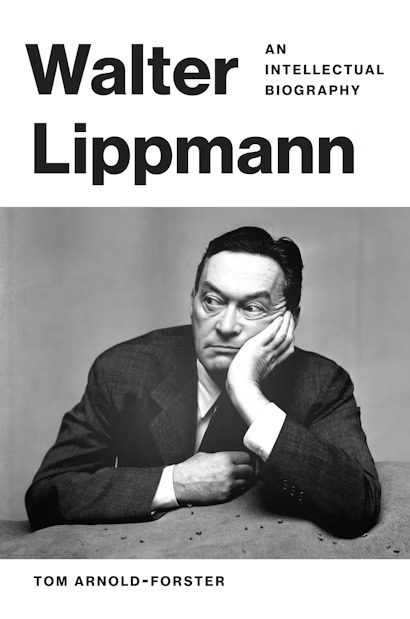
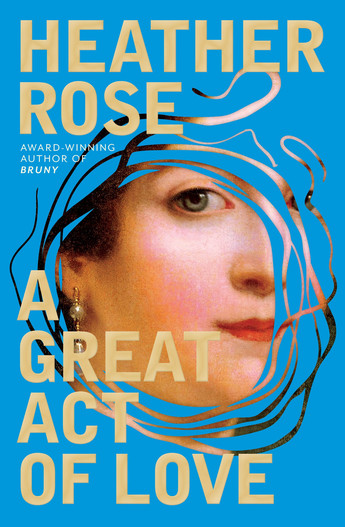
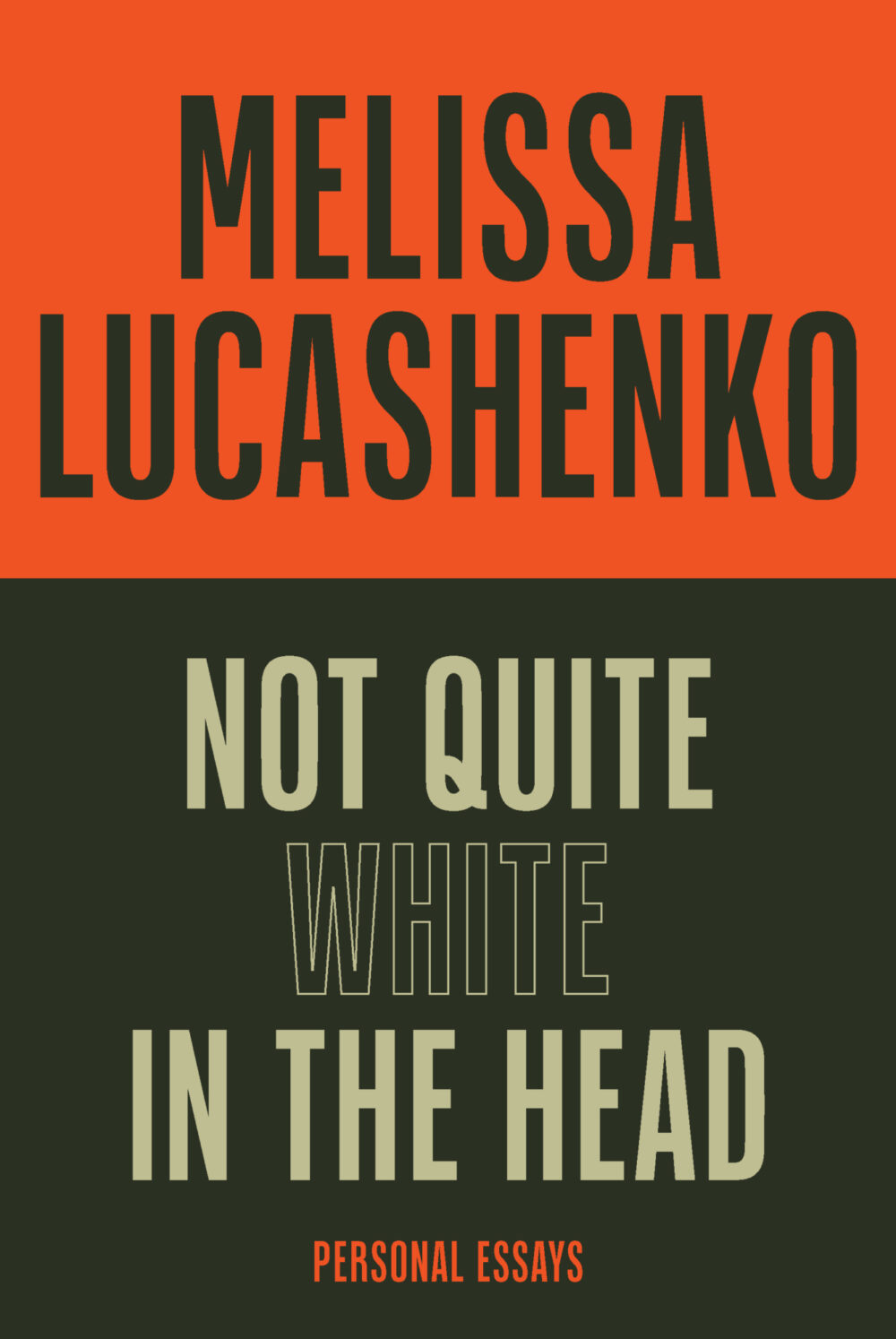
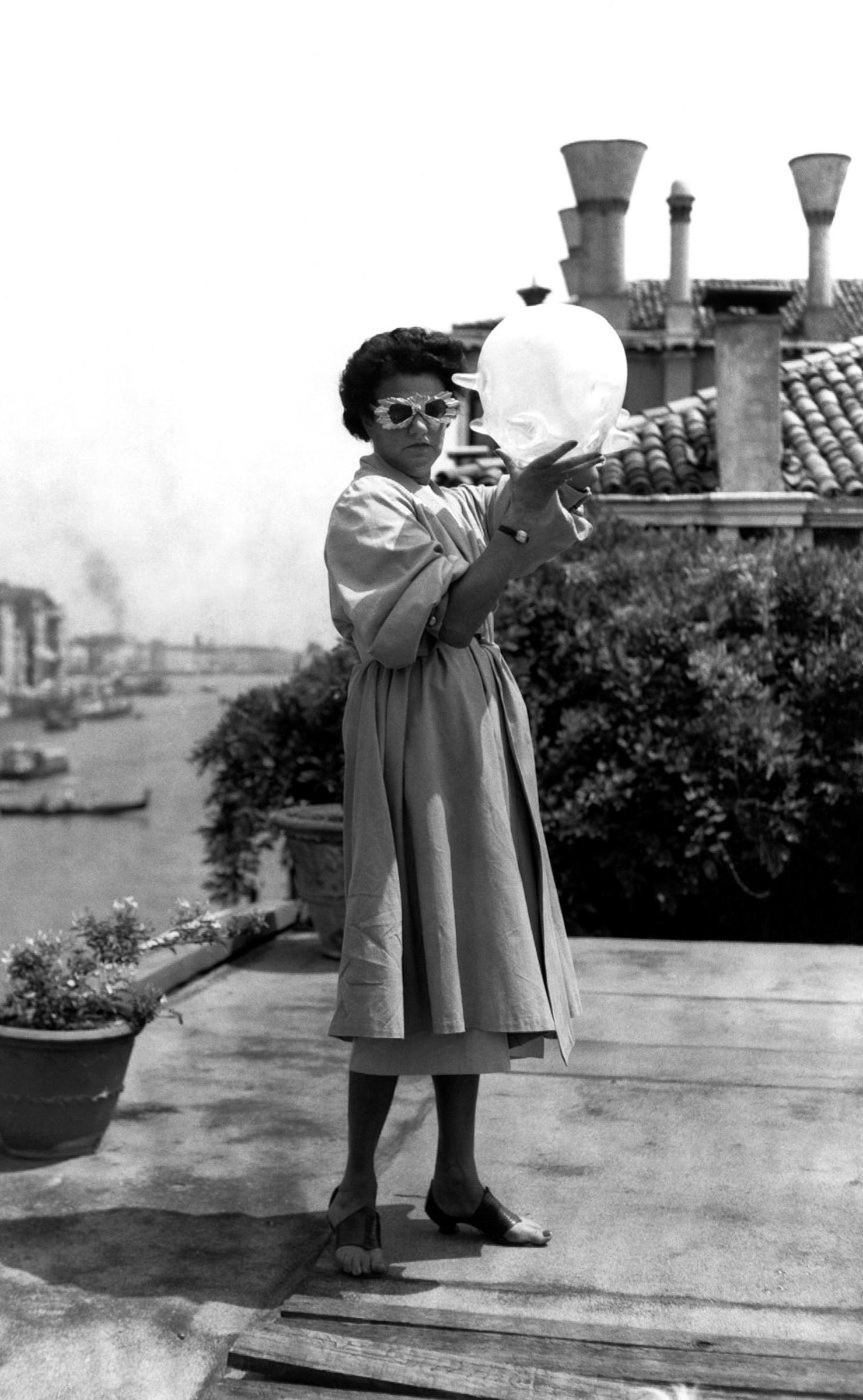
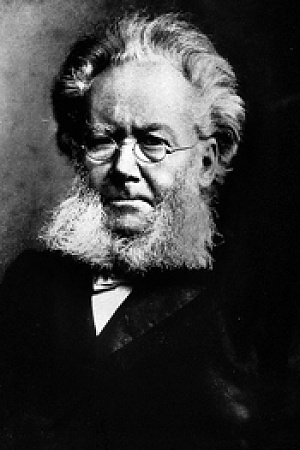
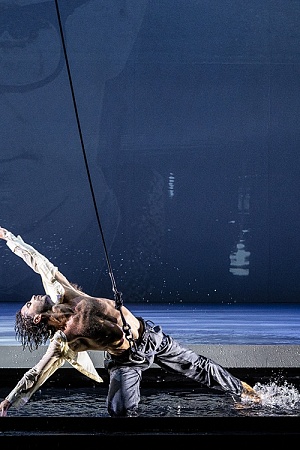
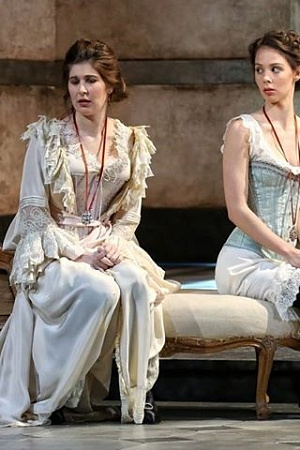
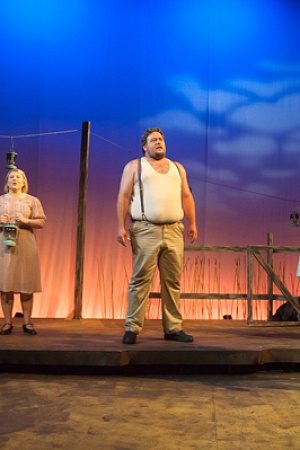
Leave a comment
If you are an ABR subscriber, you will need to sign in to post a comment.
If you have forgotten your sign in details, or if you receive an error message when trying to submit your comment, please email your comment (and the name of the article to which it relates) to ABR Comments. We will review your comment and, subject to approval, we will post it under your name.
Please note that all comments must be approved by ABR and comply with our Terms & Conditions.